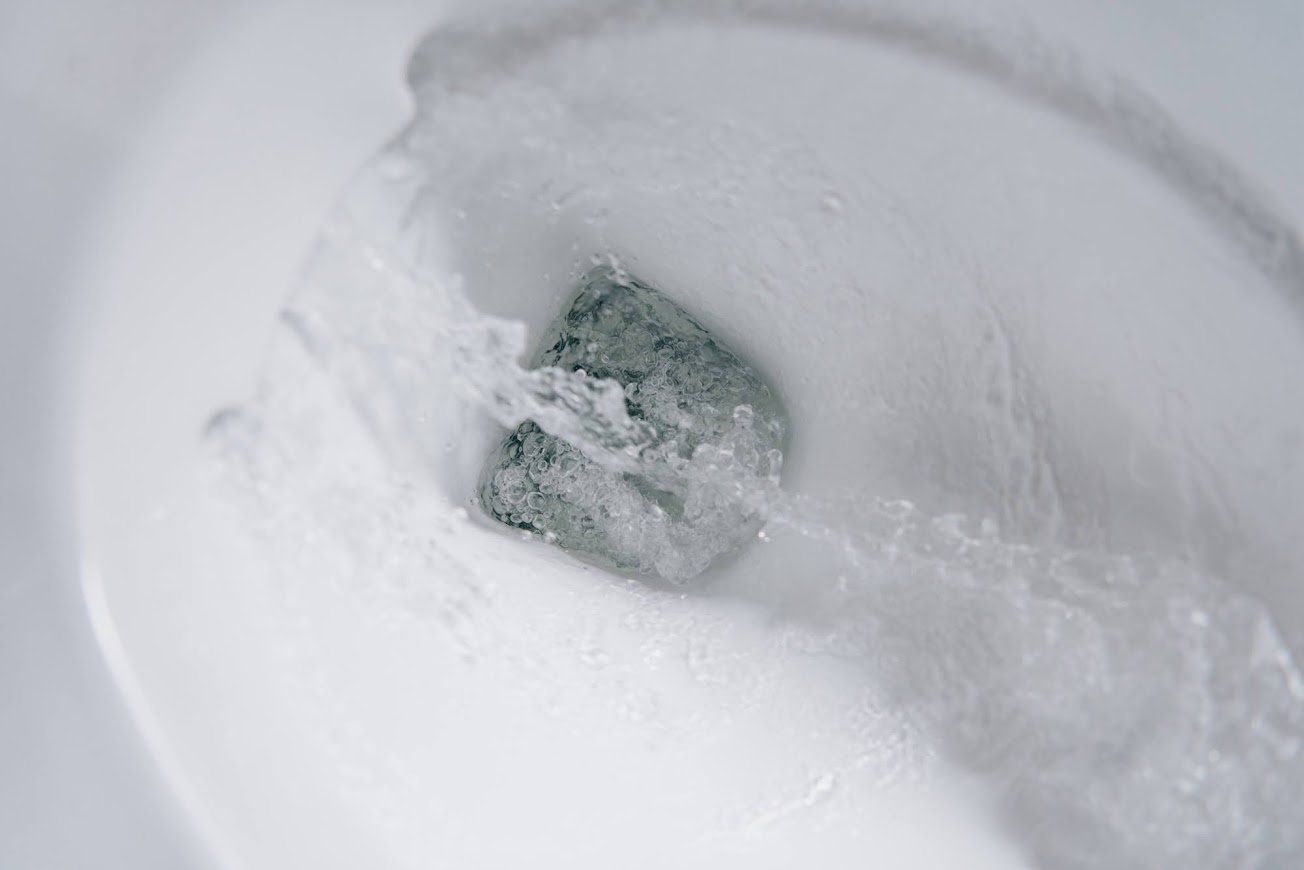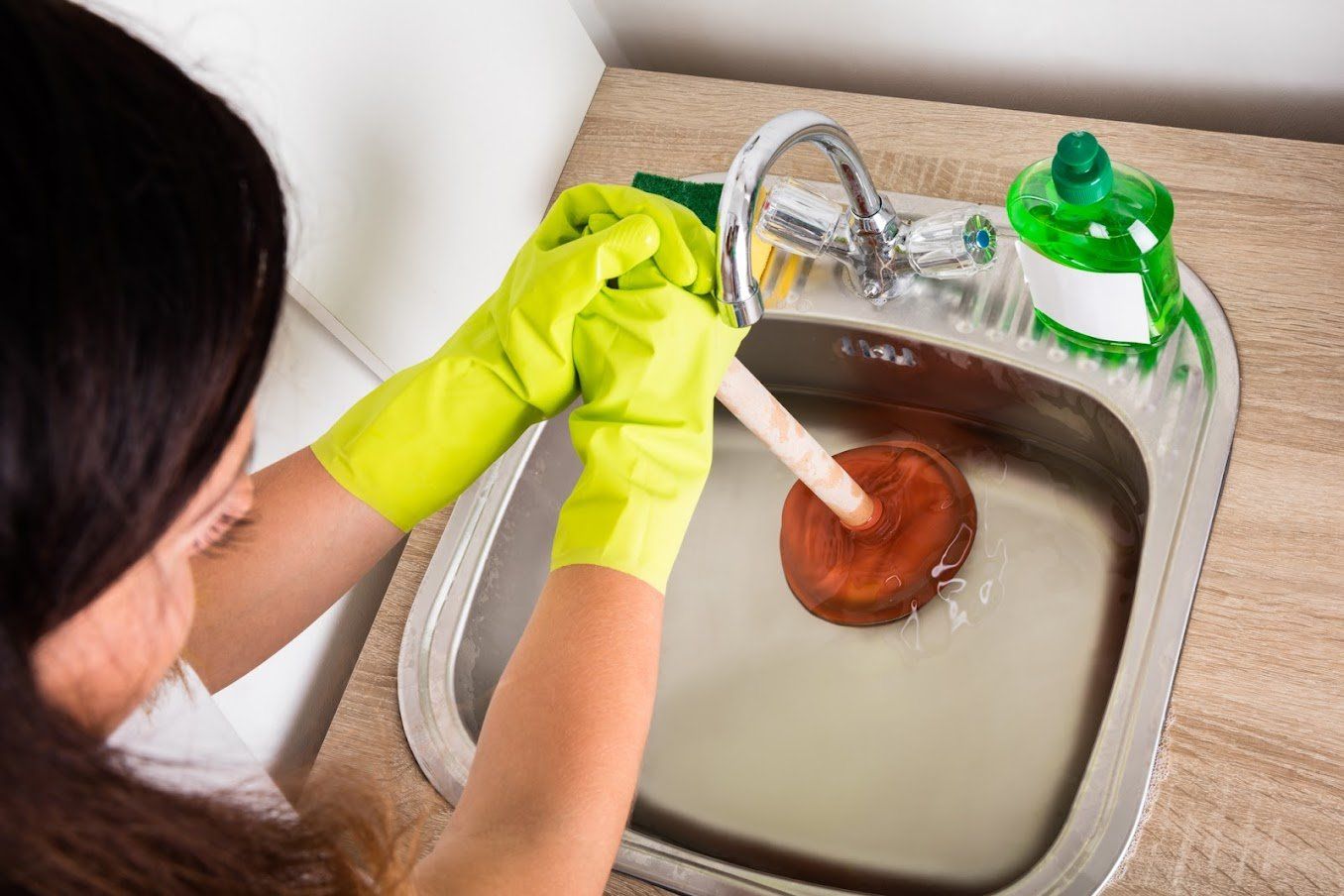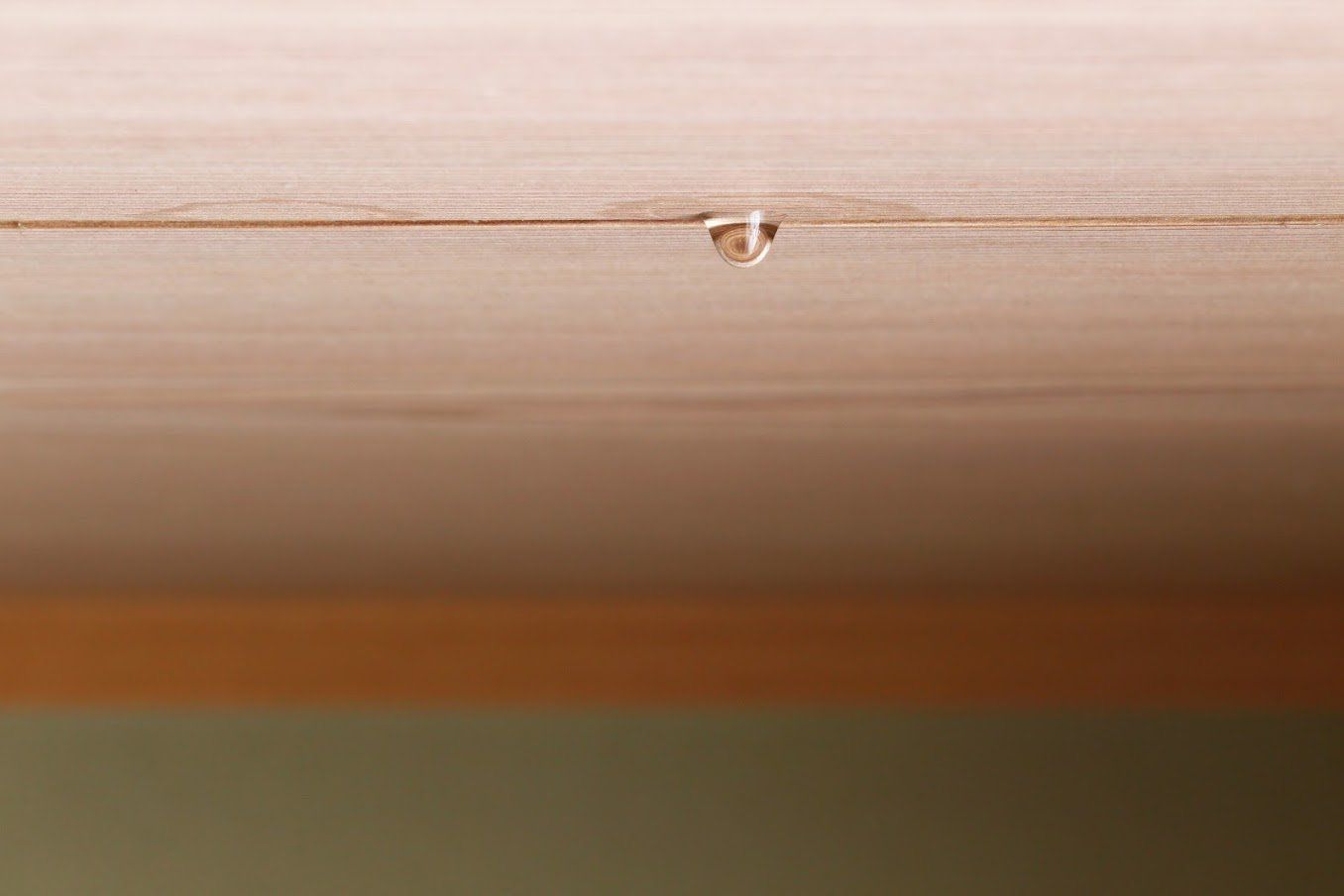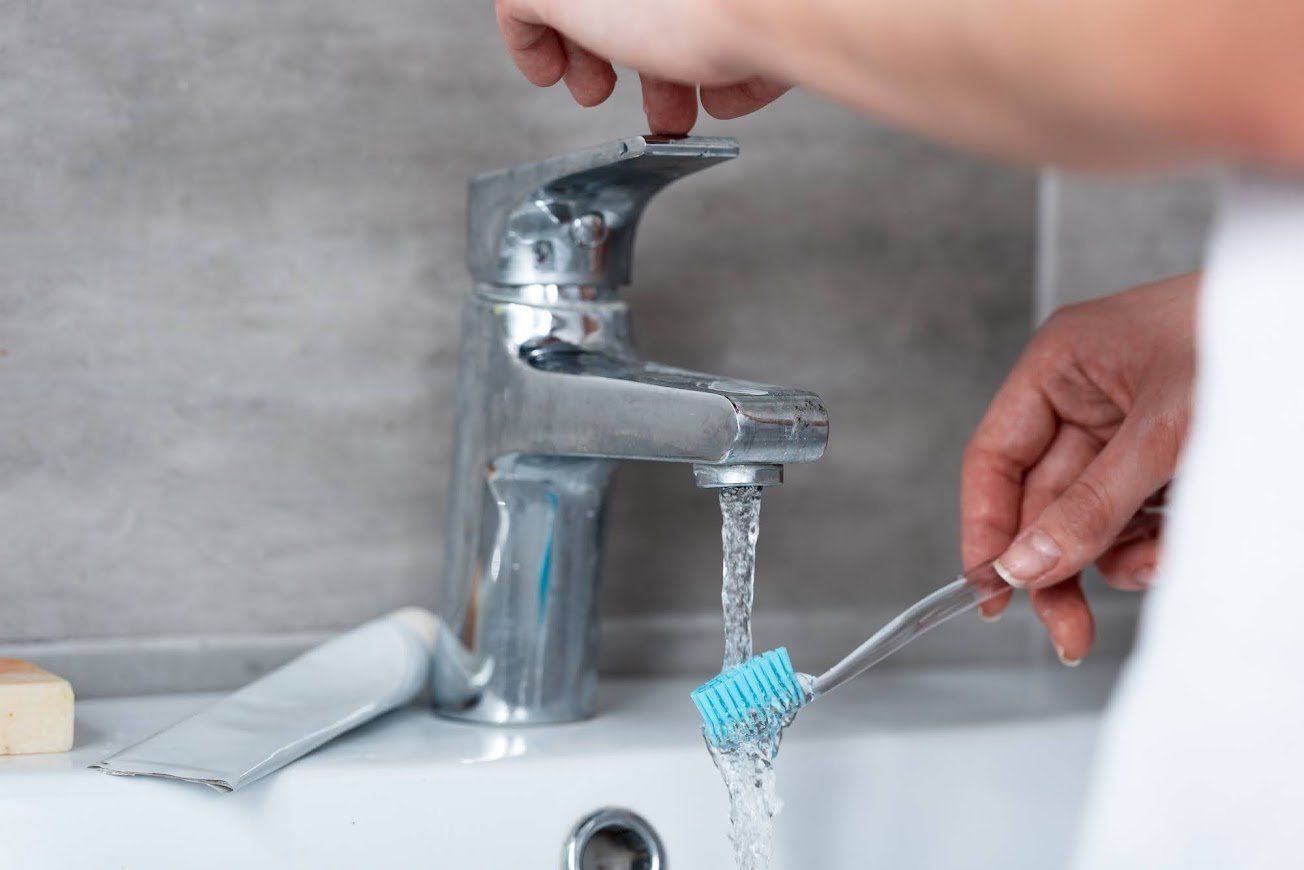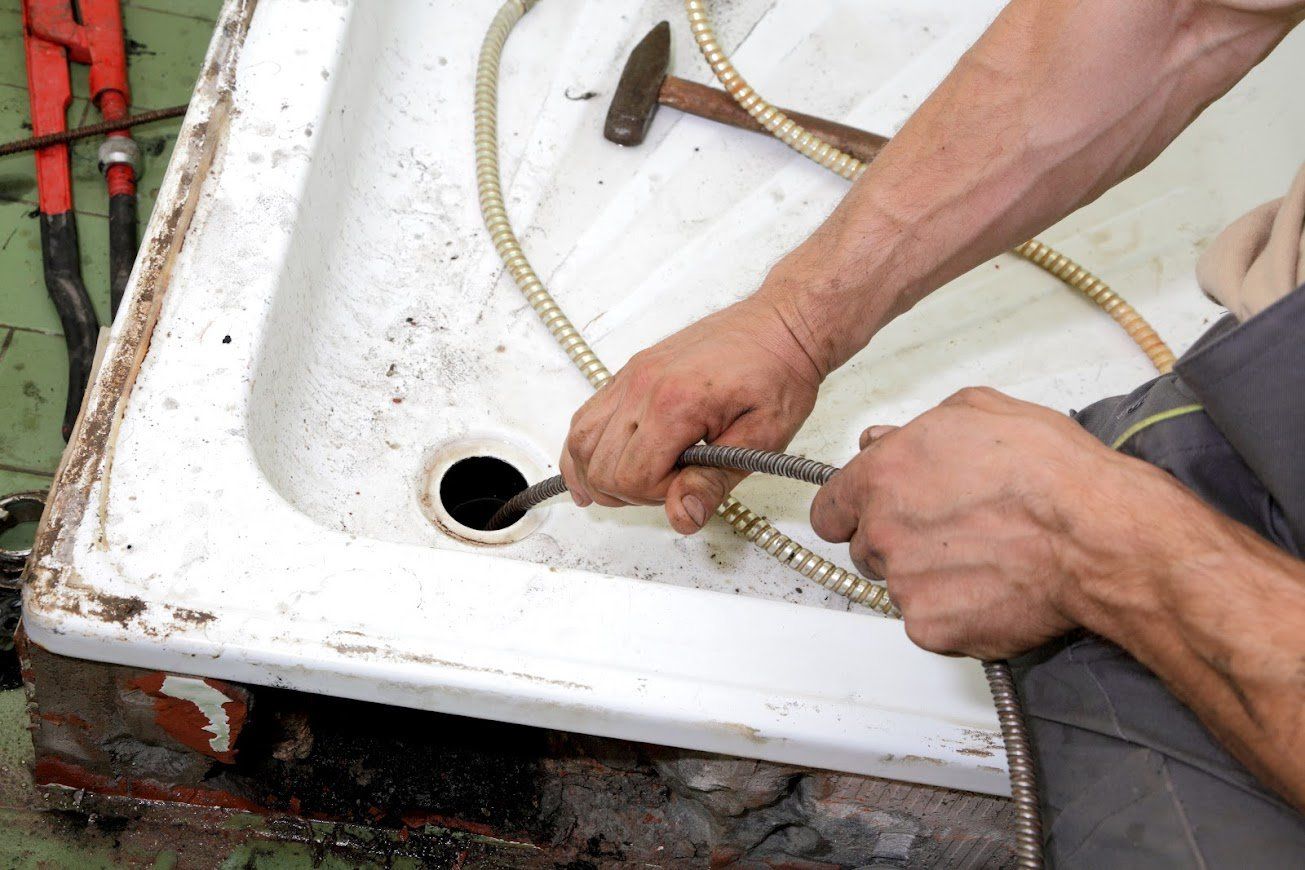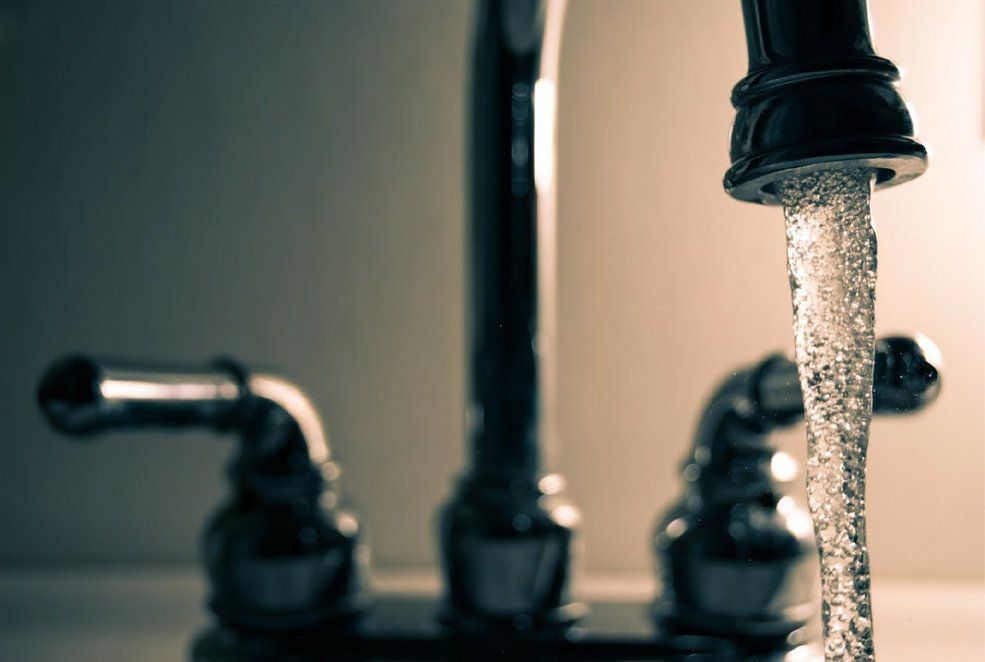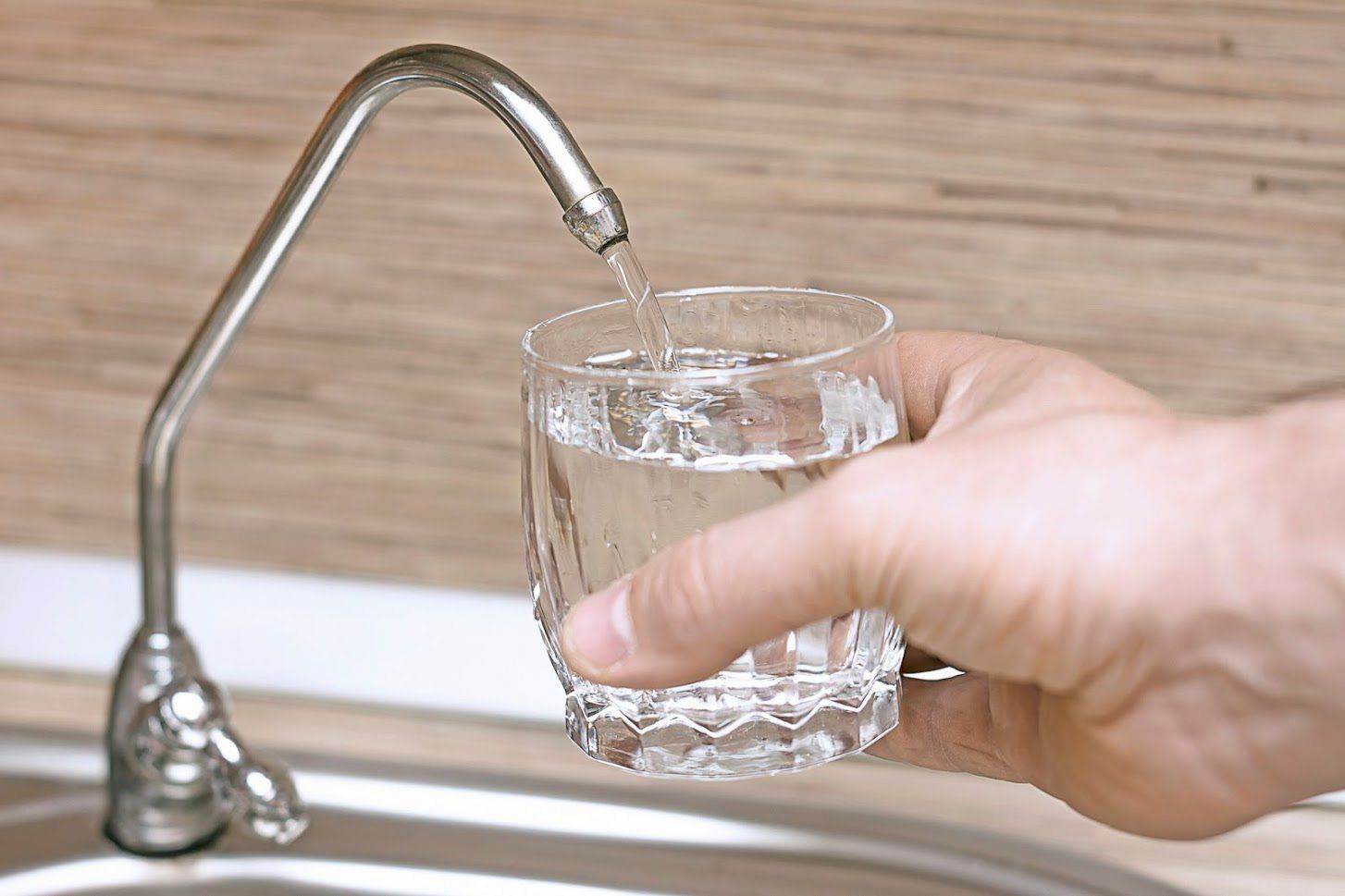Blog Layout
DOING SOME DIY PLUMBING REPAIR? 5 TIPS TO HELP
Admin • June 17, 2019
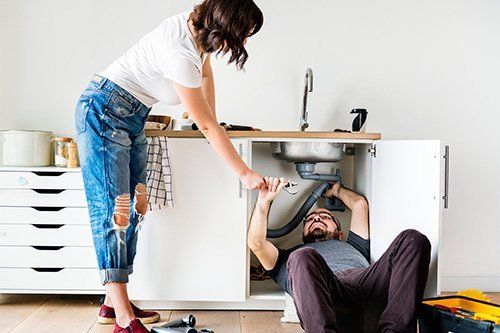
DIY plumbing projects can save money, but they can also cause disasters when they go awry. Understand how you can avoid plumbing problems when performing your home improvement projects so that you protect your property and avoid costly repairs. Here's what you need to know.
1. Research the Project From Start to Finish
A variety of online home improvement tutorials can help DIYers make their own home repairs. Even if the project you're working on seems basic, watch at least one or two tutorials online.
Don't get started on a project unless you know all the steps from start to finish. Watch a how-to or talk to a friend who has done the project before so you can be prepared for the work to come. When you can explain all of the steps and why they're important, then you're ready to take on a home improvement project.
2. Buy the Right Tools
Some plumbing jobs require unusual and specialized tools. A basin wrench, for example, can be very handy when installing a faucet. A good basin wrench helps you tighten and secure a faucet in awkward spaces under the sink. Without a basin wrench, you could struggle or be unable to install a faucet.
Some people are reluctant to invest in specialized tools like the basin wrench because their uses are so limited. Many DIYers try to save money by completing their plumbing projects without the specialized plumbing tools recommended for the job. If you want to save money, buy the recommended tools from a store with a good return policy.
Keep the tools on hand and then try to complete these projects using the tools you already have at home. If you don't use the specialized tools for your project, you can always return them and get your money back.
3. Turn Off the Water
Most plumbing projects require you to turn off the water to the fixture before beginning the job. A few exceptions include faucet aerator and shower head installations. Failure to turn off the water before beginning your plumbing project can have disastrous results.
You can turn off the water in your home in a few ways. Most fixtures have a local water shut off valve, which enables you to turn off water to that specific fixture only. If the local water shutoff doesn't work, isn't present, or isn't accessible, you can turn off the water to the entire house.
The danger of turning off the water to the entire house is that you won't be able to turn it back on until the project is completely finished. If your project takes longer or is harder than you anticipated, you might find yourself unable to get water in your own home. If you're not very confident in your ability to finish your home improvement project in a timely fashion, consider hiring a plumber instead.
4. Give Yourself More Time Than You Need
Getting pipes to cooperate can be tough, especially if the plumbing in your home is old and brittle. Give yourself extra time to complete your DIY projects, just in case you run into trouble. This way, you'll have extra time to go to the home improvement store to buy extra supplies, if they're needed.
5. Keep the Number for an Emergency Plumber on Hand
Plumbing projects can go wrong, especially if you're doing work on an older plumbing system. In case you get out of your depth and aren't sure how to fix the problem, have the number for an emergency plumber on hand.
At Art Douglas Plumbing, Heating and Air Conditioning, we're happy to help you finish up any DIY plumbing problems that you might encounter. Call us today to find out more about performing DIY plumbing projects at home.
Address:
5855 E Clinton Ave.Fresno, CA 93727
Fresno/Clovis: 559-291-7230
Madera: 559-661-1060
Toll Free: 866-411-6200
We partner with a third-party ad network to either display advertising on our website or to manage our advertising on other sites. Our ad network partner uses cookies and web beacons to collect non-personally identifiable information about your activities on this and other websites to provide you targeted advertising based upon your interests. If you wish to not have this information used for the purpose of serving you targeted ads, you may opt-out by clicking here. Please note this does not opt you out of being served advertising. You will continue to receive generic ads.
Content, including images, displayed on this website is protected by copyright laws. Downloading, republication, retransmission or reproduction of content on this website is strictly prohibited. Terms of Use
| Privacy Policy


